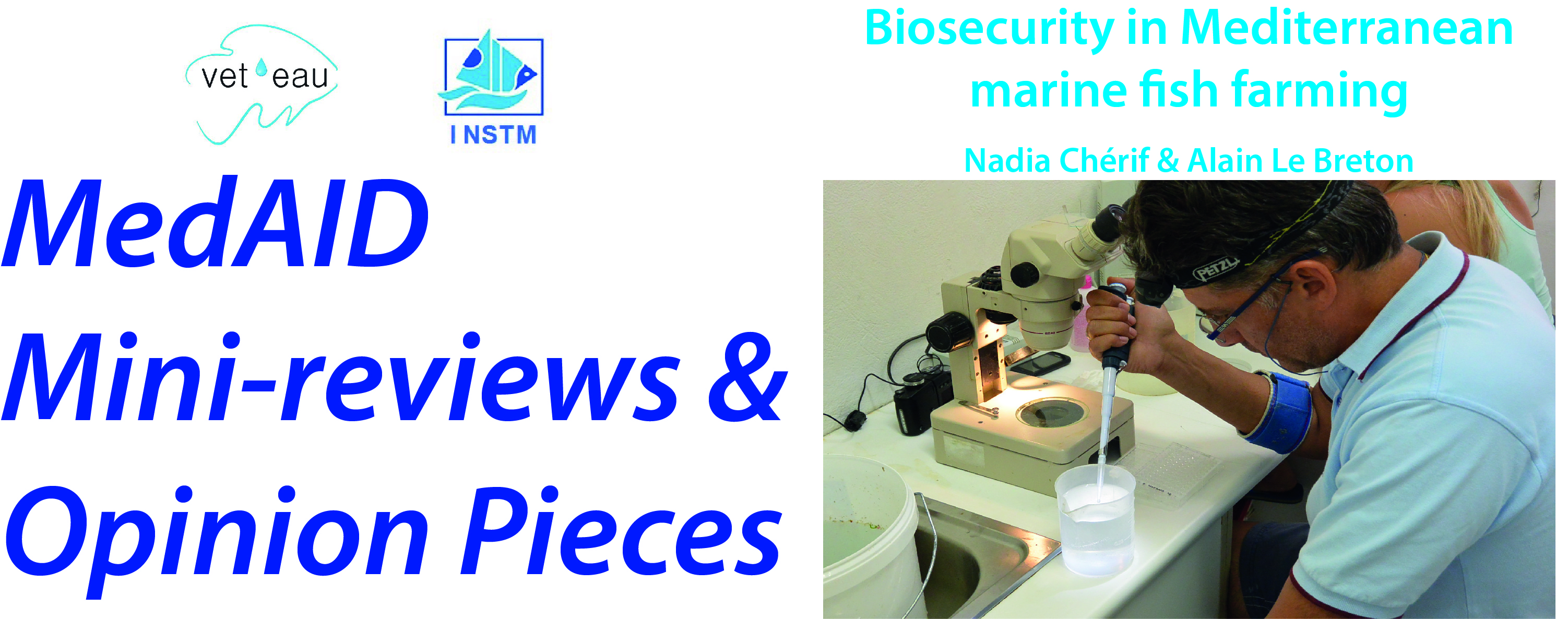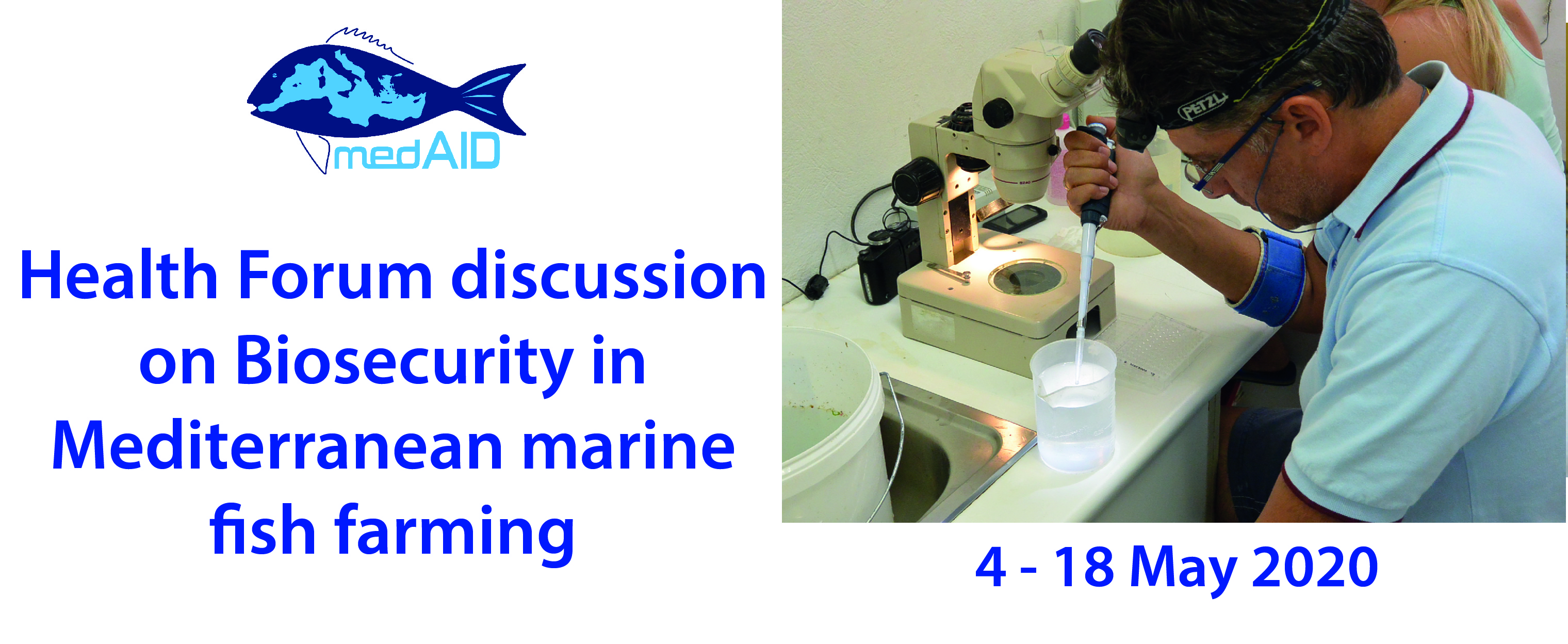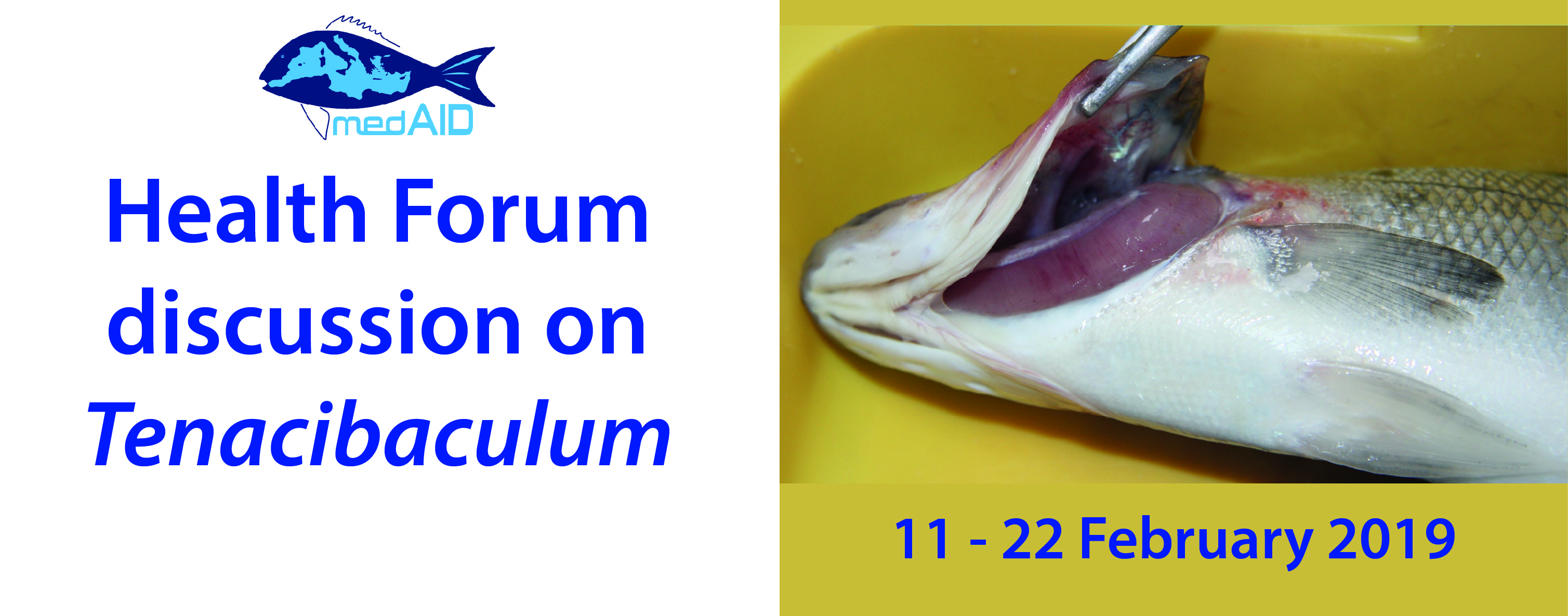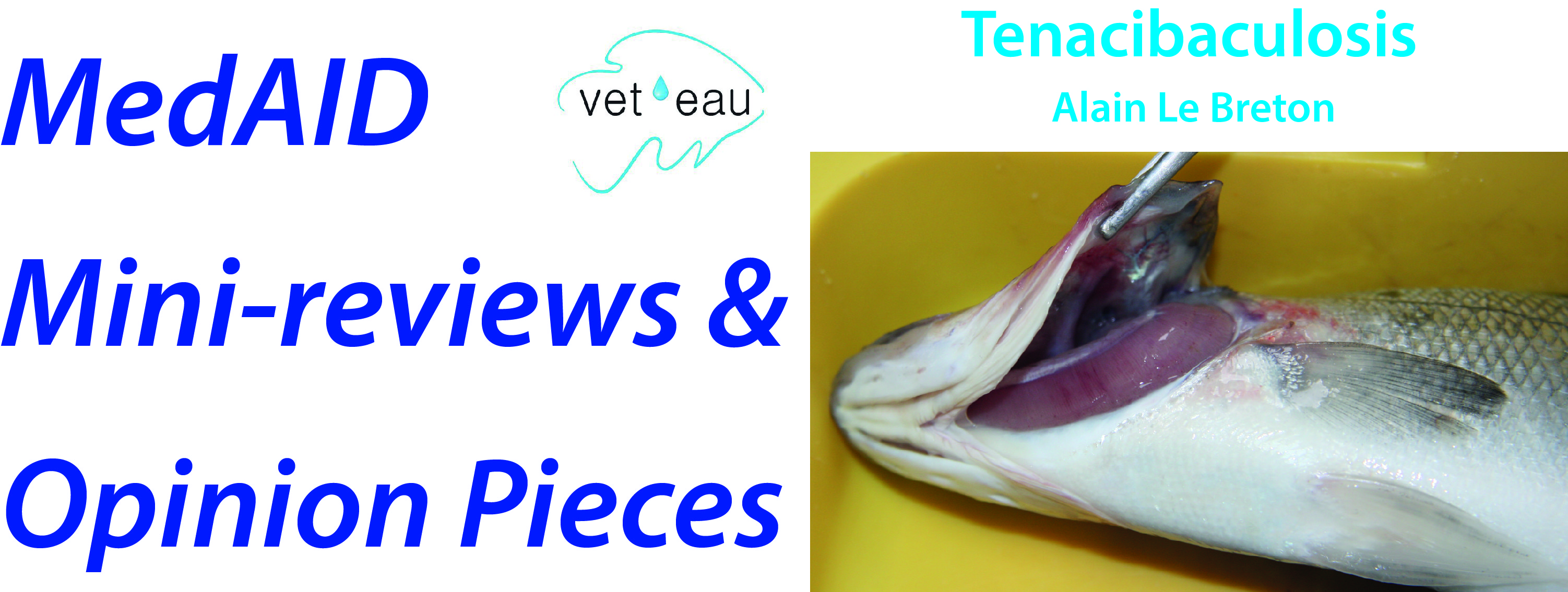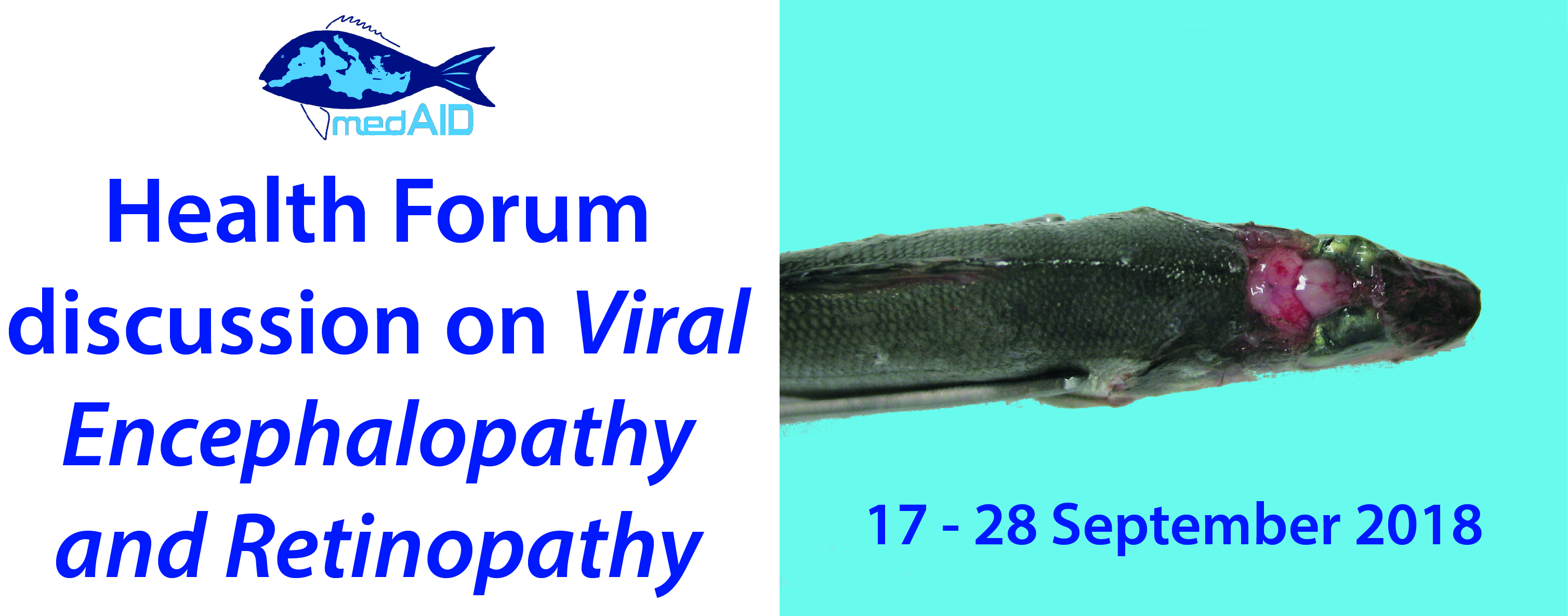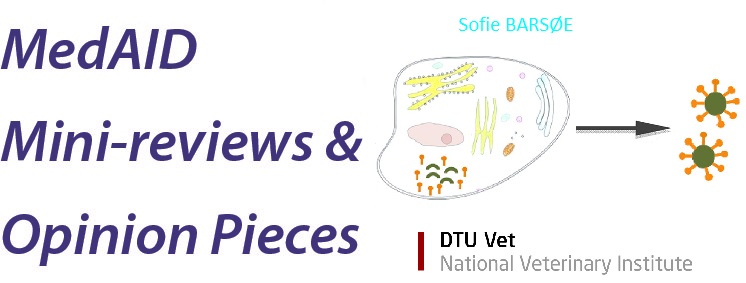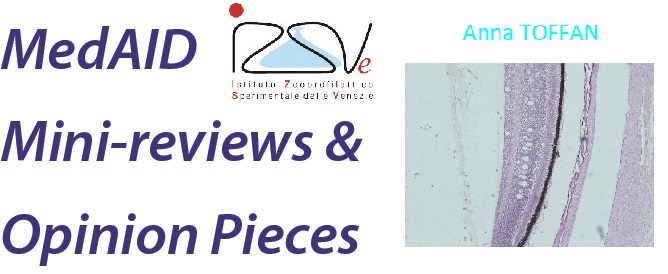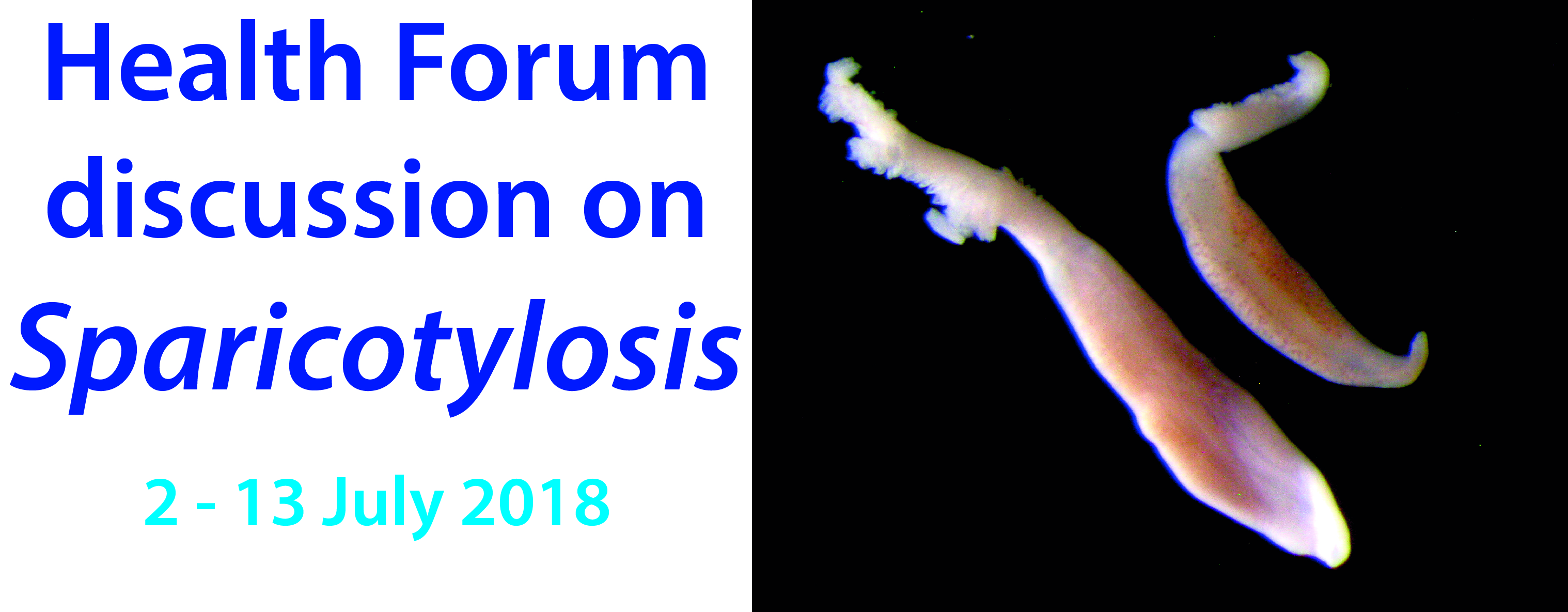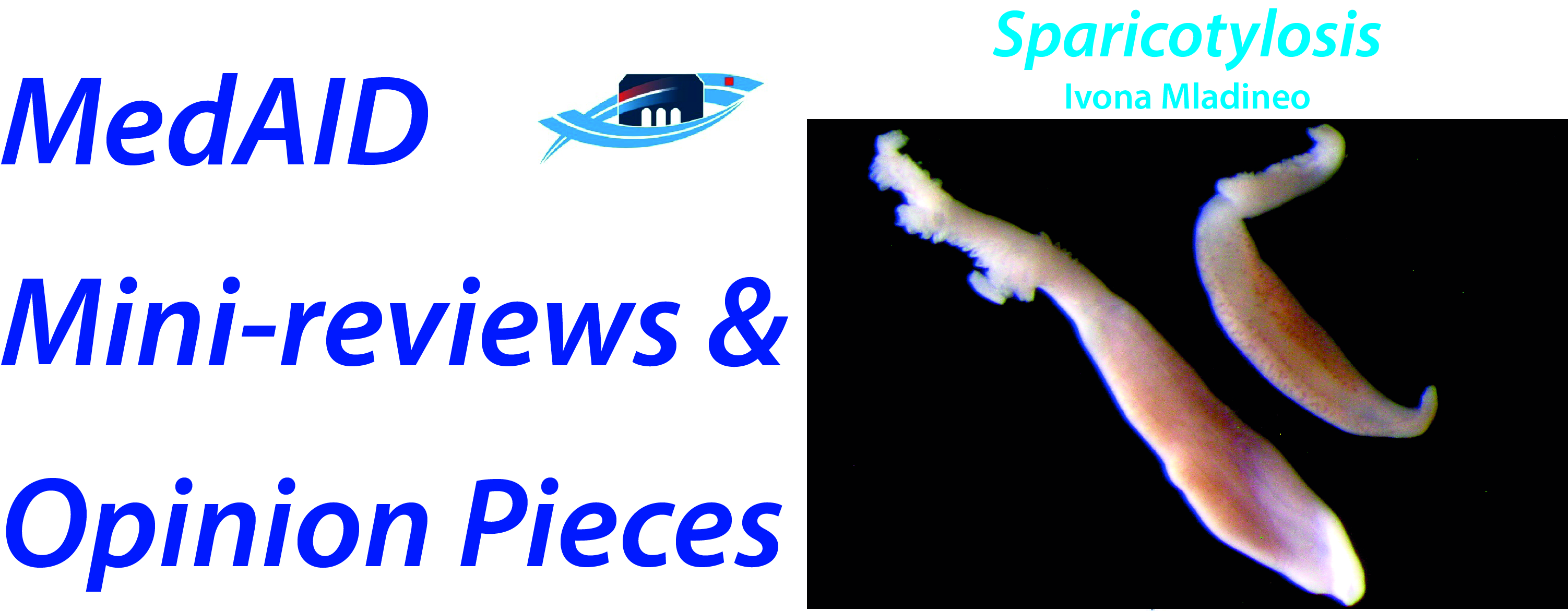1. Introduction
Transboundary aquatic animal diseases are highly contagious and the transmissible agents have the potential to spread them very rapidly irrespective of national borders, with serious socio-economic and possible health consequences. The great value of aquaculture to contribute to food and nutrition security and poverty alleviation has been recognized by FAO but is hampered by significant biosecurity and animal disease challenges. Addressing biosecurity challenges in aquaculture requires a holistic and transdisciplinary approach that takes into consideration all the essential components (technical, communication, infrastructure, operations, etc.) of an aquaculture biosecurity programme. These programme components cannot stand alone as they are interrelated and interconnected. Due to the different production structures in aquaculture, either in a closed or open environment, epidemiological units must be considered at the farm level but also regional, national and international levels. International organizations such as WTO/OIE/FAO have set up international agreements or guidelines. Recently FAO launched the Progressive Management Pathway for Aquaculture Biosecurity (PMP-AB). At European level, the 2006/88 CE Directive addresses the application of biosecurity in aquaculture businesses. In Mediterranean countries with a developed aquaculture sector, national legislations are also considering biosecurity. Unfortunately, most of the time no regional planning for biosecurity is considered which is a weakness in aquaculture.Continue reading
Health forum discussion on Biosecurity in Mediterranean marine fish farming
Dates: 4 – 18 May 2020
Forum coordinator: Dr. Snježana Zrnčić, HVI, Croatia.
Discussion moderators:
Dr. Nadia Chérif, INSTM, Tunisia
Dr. Alain le Breton, VET’ EAU, France
Transboundary aquatic animal diseases are highly contagious, and the transmissible agents are potential for very rapid spread irrespective of national borders causing serious socio-economic and possible health consequences. The great value of aquaculture to contribute to food and nutrition security and poverty alleviation has been hampered by significant biosecurity and animal disease challenges. Addressing biosecurity challenges in aquaculture requires a holistic approach that takes into consideration all essential components (technical, communication, infrastructure, operations, etc.) of an aquaculture biosecurity program. All of these program components cannot stand-alone, they are interrelated and interconnected. Subsequently, health maintenance in aquaculture is now considered to be one of the most important aspects of aquaculture development and management.Continue reading
Health forum discussion on Tenacibaculum
Dates: 11-22 February 2019
Forum coordinator: Dr. Snježana Zrnčić, HVI. Zagreb, Croatia.
Discussion moderators:
Dr. Alain le Breton, VETEAU, France
Dr. Jean-François Bernardet, INRA, Centre de Recherches Virologie et Immunologie Moleculaire, France
After a pause, with proposed discussion on tenacibaculosis, the MedAID Health Forum will again put efforts to gather field diagnosticians, laboratories, relevant authorities in charge of disease management in the Mediterranean mariculture and other stakeholders.
Tenacibaculum infection (previously known as flexibacteriosis) represents one of the first bacterial conditions being reported in marine aquaculture in a large range of species including flat fish like sole (Solea solea) and turbot (Schopthalmus maximus); and finfish, namely sea bass (Dicentrarchus labrax) and sea bream (Sparus aurata). The disease is associated to the infection with bacteria from the genus Tenacibaculum spp. In some marine areas or in recirculation systems, the infection severely threatens production with mortalities rising over 30%.Continue reading
Tenacibaculosis in marine fish
Tenacibaculum infection (previously named flexibacteriosis) represents one of the first bacterial conditions being reported in marine aquaculture in a large range of species including flat fish such as sole and turbot; and finfish, namely sea bass and sea bream (McVicar and White, 1979;Masumura& Wakabayashi, 1977;Bernardet, 1989;Toranzo et al., 2005). More recently, at the 2018 Annual Workshop of the National Reference Laboratories for Fish Diseases (Anonymous, 2018) or from the Assessment of the disease situation made by MedAID (Cidad et at., 2018) tenacibaculosis was considered, together with vibriosis, one of the most important disease for European seabass. In some marine areas or in recirculation systems, they severely threaten production with mortalities rising over 30%.Continue reading
Health forum discussion on Viral Encephalopathy and Retinopathy (VER)
Dates: 17-28 September 2018
Forum coordinator: Dr. Snježana Zrnčić, HVI. Zagreb, Croatia.
Discussion moderators:
Dr. Anna Toffan, IZSV, OIE Reference Laboratory for VER, Italy
Dr. Alain le Breton, VETEAU, France
Niccoló Vendramin, PhD student/Veterinarian, DTU-Aqua, Denmark
The discussion on Betanodavirus is the second topic addressed by the MedAID Health Forum, which is conceived as a platform to gather field diagnosticians, laboratories, relevant authorities in charge of disease management in the Mediterranean mariculture and other stakeholders.
Betanodavirus causes a disease known as Viral Encephalopathy and Retinopathy (VER), also known as Viral Nervous Necrosis (VNN). Since its first description during the early nineties, the disease is now endemic in the Mediterranean Sea and it is considered the most important viral disease affecting farmed and wild marine species. Betanodaviruses have an extended host range, including sea bass, groupers, flatfish and drums but the species that suffer more from this disease in the Mediterranean is undoubtedly the European sea bass (Dicentrarchus labrax).Continue reading
Prophylactic measures against Viral Encephalopathy and Retinopathy (VER) and vaccine development
The disease and the virus
Viral Encephalopathy and Retinopathy is a viral disease affecting more than 50 fish species, both wild and farmed (sea bass, grouper, sea bream, striped jack, flat fish etc.)(OIE, 2016). The disease causes neurological symptoms and increased mortalities. The disease occurrence has a seasonal pattern, with most outbreaks during the summertime, because of the higher temperatures of the water, which favors virus replication. Fish fry and larvae seem to be most susceptible, and in this age-group the disease can cause up to 100% mortality. Transmission of the disease can occur both horizontal (from fish to fish or equipment/feed to fish) and vertically associated (from brood stock to progeny), and the virus is very persistent in the environment, making spread with vectors (such as boats, feed and equipment) possible. As the name suggest, the disease manifest in the central nervous system causing histopathological necrosis in the brain and retina. Affected fish will either show clinical symptoms such as loss of buoyance control, spiral swimming pattern and darkening of the skin, or die before symptoms appear.Continue reading
Viral Encephalopathy and retinopathy
Viral encephalopathy and retinopathy (VER), also known as viral nervous necrosis (VNN), is a severe neuropathological disease caused by RNA viruses belonging to the Nodaviridae family, genus Betanodavirus. This infectious agent, detected in the early nineties, has rapidly spread worldwide becoming endemic and representing one of the most important limiting factors to the development of mariculture in several countries. Given the expanding host range and geographic diffusion, the disease has recently been included among the most significant viral pathogens of finfish.
Health forum discussion on Sparicotylosis
Dates: 2-13 July 2018
Forum coordinator: Dr. Snježana Zrnčić, HVI. Zagreb, Croatia.
Discussion moderator: Dr. Ivona Mladineo, ZOR, Split. Croatia.
The discussion on Sparicotylosis is the first topic addressed by the MedAID Health Forum, which is conceived as a platform that will gather field diagnosticians, laboratories, relevant authorities in charge of disease management in the Mediterranean mariculture and other stakeholders
This parasitosis is caused by the relatively large monogenean – Sparicotyle (syn. Microcotyle) chrysophrii that can be observed by naked eye. Although once considered as a specialist monogenean species that infects exclusively the gilthead sea bream, today we know that it parasitises also other wild sparids (bogue, pickerel) present at the farm sites. Continue reading
Sparicotylosis
Ethiology:
Sparycotyle chrysophrii is a monogenean gill parasite specific for the sea bream (Sparus aurata), causing mortalities when contacted at high prevalence (61.5%) in fish cages (Sanz, 1992; Alvarez-Pellitero, 2004; Vigianou et al. 2006). A parasite has been isolated from the wild (Rajduković and Euzet, 1989; Faisal and Imam, 1990) and the cultured sea bream, and cultured sharpsnout bream (Diplodus puntazzo) (Mladineo and Maršić-Lučić, 2007).Continue reading

